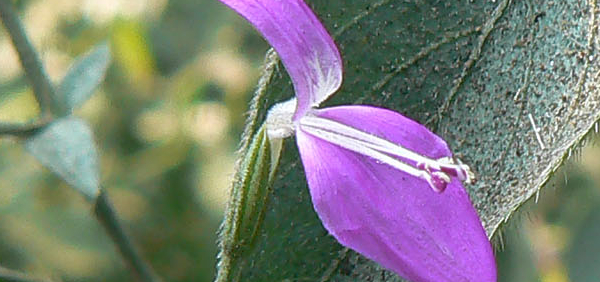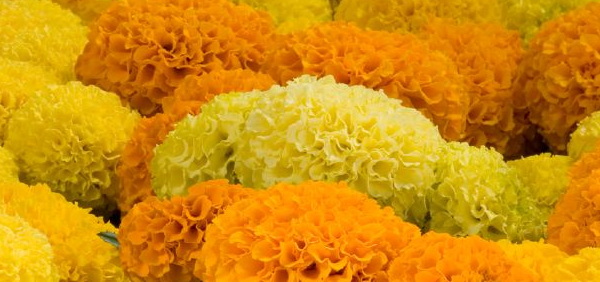dadima :

Cultivation:
The pomegranate is native to the region of Persia and the western Himalayan range, and has been cultivated in India, Iraq, Afghanistan , Pakistan , Iran , Russia, and the Mediterrananean region for several millennia.Pomegranates have been cultivated for centuries for their juicy arils. They are grown in mild temperate to subtropical climates in regions with cool winters and hot summers. Drought tolerant, the trees actually prefer a semi-arid climate, planted in deep, acidic loam with good drainage.
Punica granatum is grown as a fruit crop plant and as ornamental trees and shrubs in parks and gardens. Mutuxe specimens can develop sculptural twisted bark multi trunks & distinctive over all form. Pomegranate and drought tolerate and can be grown in dry areas with either a Mediterranean winter rainfall climate or in summer rainfall climates. In wetter areas, they can be prone to root decay from fungal diseases. They tolerate of moderate frost, down to – 10 deg C (14F).
Propogation:
Dadima is one of the herb mentioned in all ancient Sanskrit scriptures of Ayurveda . It has been commonly used as an edible fruit, as well as for medicinal purpose.Harvesting:
Don’t expect to begin harvesting pomegranate fruit until 3-4 years after planting. Once the trees have reached that age of maturity, the fruit will ripen about 6-7 months after flowering – generally making harvest season for pomegranates in September for early ripening varieties and continues through October for later ripening cultivars.
When harvesting pomegranate fruit, pick when the fruit is fully ripe and a deep red in color since it does not continue to ripe post-harvest. Begin picking pomegranates when the fruit makes a metallic sound when you tap it with your finger.
- » Classification and names of dadima
- » Synonyms and definitions of dadima
- » Drug Properties of dadima
- » Chemical Constituents of dadima
- » Standardization of dadima
- » Parts used and Dosage of dadima
- » Morphology and Histology of dadima
- » Distribution and Conservation of dadima
- » Cultivation of dadima
- » dadima in the market
- » Medicinal Uses of dadima
- » Researches and clinical trails of dadima
- » dadima in other sytems of medicine
- » Ayurvedic formulations with dadima
- » Images of dadima













